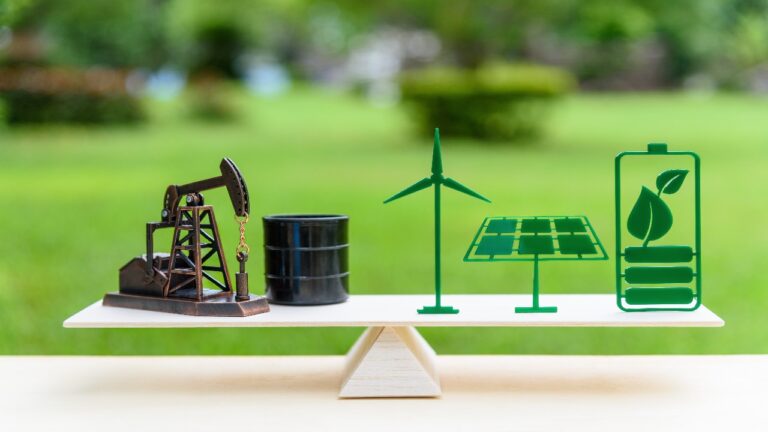This report represents the research and views of the author. It does not necessarily represent the views of the Center on Global Energy Policy. The piece may be subject to further revision. Contributions to SIPA for the benefit of CGEP are general use gifts, which gives the Center discretion in how it allocates these funds. More information is available at Our Partners. Rare cases of sponsored projects are clearly indicated. For a full list of financial supporters of the Center on Global Energy Policy at Columbia University SIPA, please visit our website at Our Partners. See below a list of members that are currently in CGEP’s Visionary Annual Circle.
-
CGEP’s Visionary Annual Circle
-
(This list is updated periodically)
Air Products
Anonymous
Jay Bernstein
Breakthrough Energy LLC
Children’s Investment Fund Foundation (CIFF)
Executive Summary
Failure to properly plug and abandon (P&A) oil and gas wells in the United States at the end of their useful life can impose environmental costs and saddle taxpayers with cleanup liabilities. In recent years, US policy makers have expressed increasing concern about P&A issues, especially when it comes to “orphan” wells—oil and natural gas wells, either onshore or in state waters, for which no viable private company with legal responsibility exists. Prior studies of orphan wells have primarily focused on onshore wells, likely because they vastly outnumber offshore wells. But offshore wells have particular features that warrant careful study on their own: they tend to produce more, involve additional environmental and engineering considerations, and cost more to P&A.
This report, part of an oil and gas research initiative at Columbia University’s Center on Global Energy Policy, examines offshore P&A liabilities to provide guidance to federal policy makers about the scope of a hypothetical government program to plug and abandon offshore wells. At least three objectives might shape the contours of such a policy: 1) reducing taxpayers’ future financial P&A liability for orphan wells, 2) reducing environmental risk, and 3) preserving or increasing employment alongside goals to reduce greenhouse gas emissions globally.
As of the end of 2020, approximately 22,000 offshore oil and gas wells in the United States were not permanently P&Aed. The authors estimate that the cost to P&A all of these wells, including wells that are currently producing, is approximately $47 billion. It should be noted that significant uncertainty remains around aggregate costs, because estimates rely on having accurate information from state and federal well databases as to the number and location of offshore wells as well as average P&A costs per well.
Additional findings from the report include the following:
- Because the literature suggests that leaks from wells at shallower depths and closer to shore present greater environmental risks than releases from more remote wells, and because P&A costs increase dramatically with water depth, the ratio of environmental benefits to financial costs is likely to be more favorable for wells nearer to shore.
- The authors identify a set of inactive wells in shallow waters not likely to re-enter production that could be candidates for a federal P&A program. The P&A costs associated with these wells is estimated at $8.3 billion.
- P&Aing these wells could support approximately 10,500 jobs per year over a 10-year period.
- This P&A activity is unlikely to significantly reduce the supply of oil and gas because these wells are not producing commercial quantities of hydrocarbons.
- Federal stimulus has allocated $4.7 billion to address orphan wells, and some of this funding could be used by states to update orphan well lists. Identifying such wells and better understanding the financial liability surrounding them could help reduce uncertainty around aggregate P&A costs.






